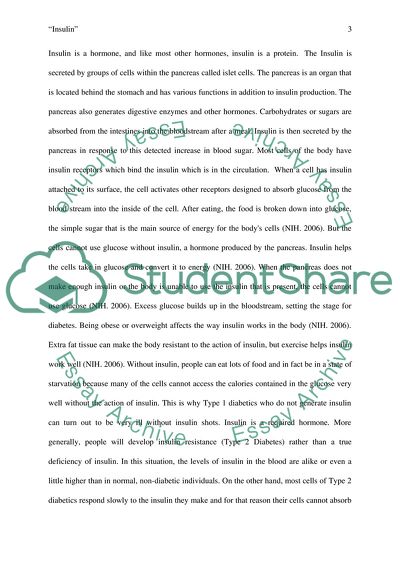Cite this document
(The Role and Functions of Insulin Essay Example | Topics and Well Written Essays - 1750 words, n.d.)
The Role and Functions of Insulin Essay Example | Topics and Well Written Essays - 1750 words. https://studentshare.org/health-sciences-medicine/1705098-insulin-drug
The Role and Functions of Insulin Essay Example | Topics and Well Written Essays - 1750 words. https://studentshare.org/health-sciences-medicine/1705098-insulin-drug
(The Role and Functions of Insulin Essay Example | Topics and Well Written Essays - 1750 Words)
The Role and Functions of Insulin Essay Example | Topics and Well Written Essays - 1750 Words. https://studentshare.org/health-sciences-medicine/1705098-insulin-drug.
The Role and Functions of Insulin Essay Example | Topics and Well Written Essays - 1750 Words. https://studentshare.org/health-sciences-medicine/1705098-insulin-drug.
“The Role and Functions of Insulin Essay Example | Topics and Well Written Essays - 1750 Words”. https://studentshare.org/health-sciences-medicine/1705098-insulin-drug.


